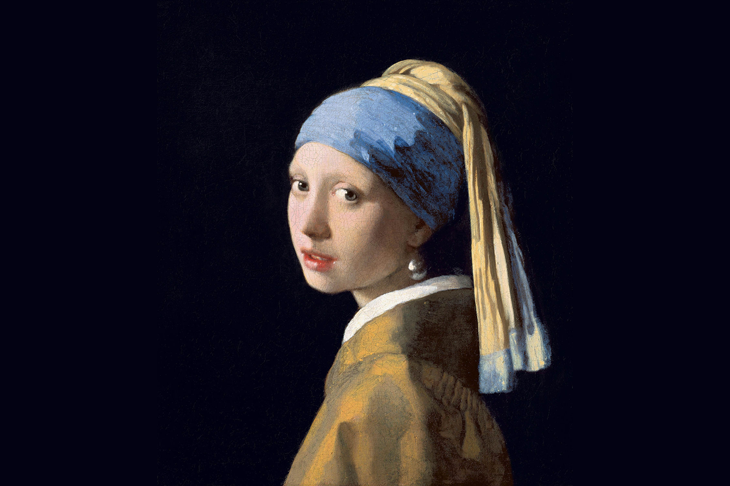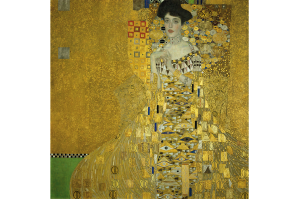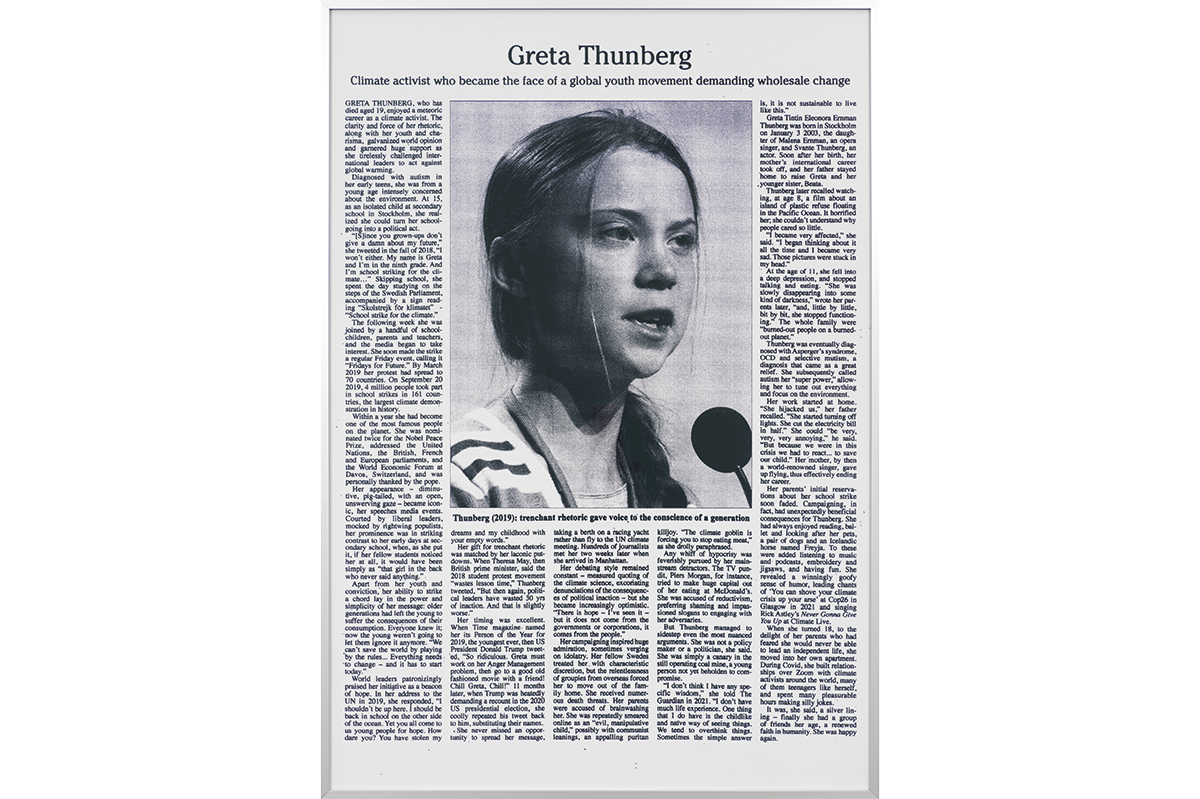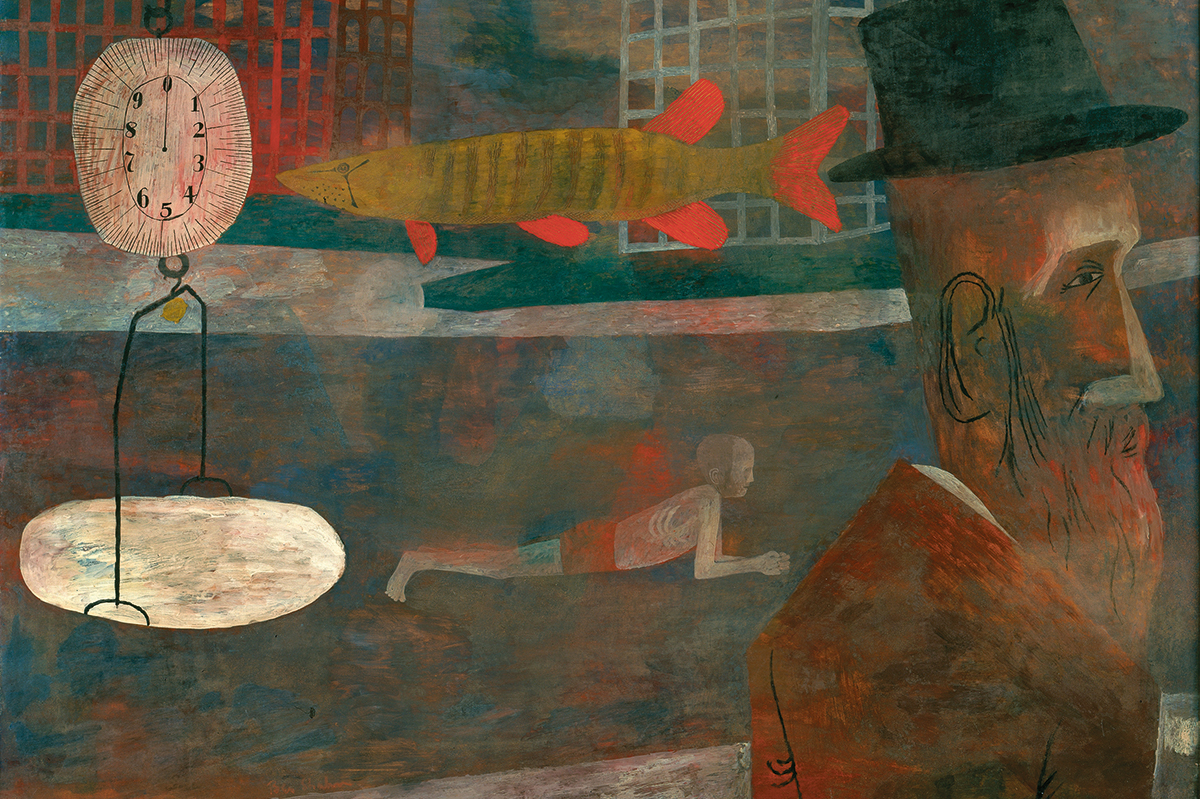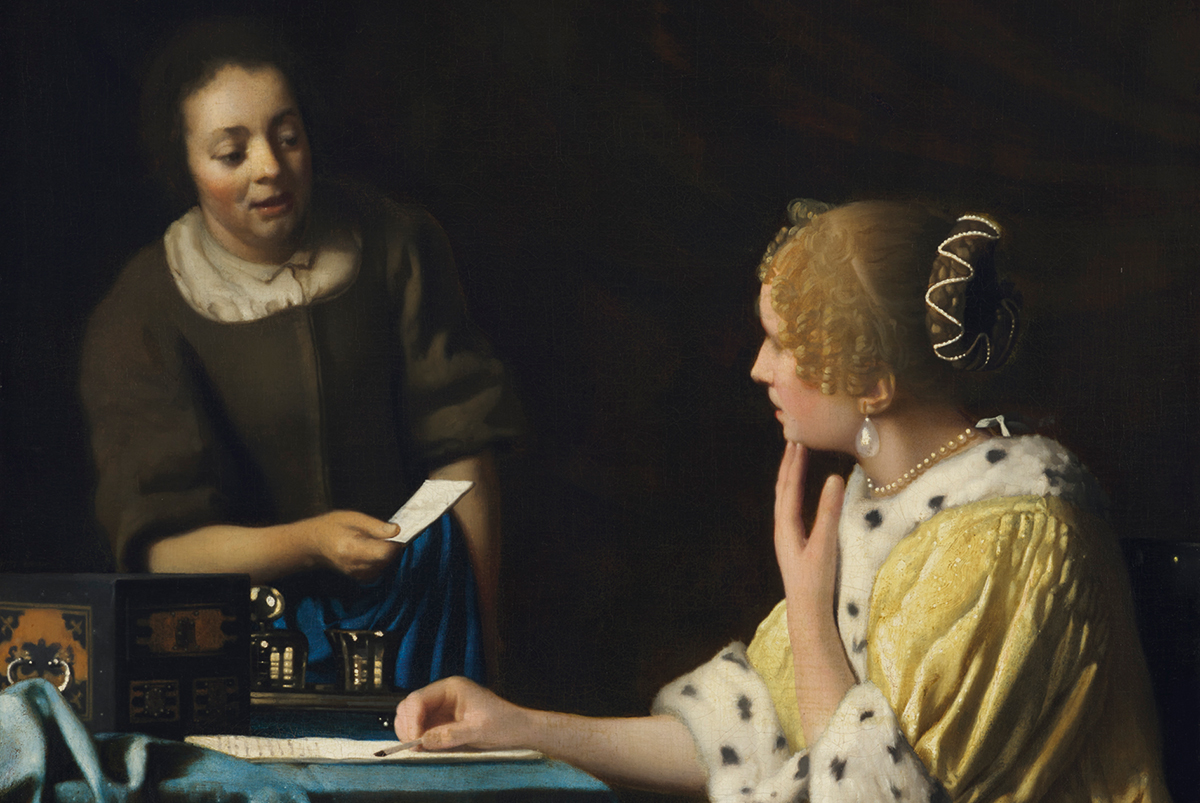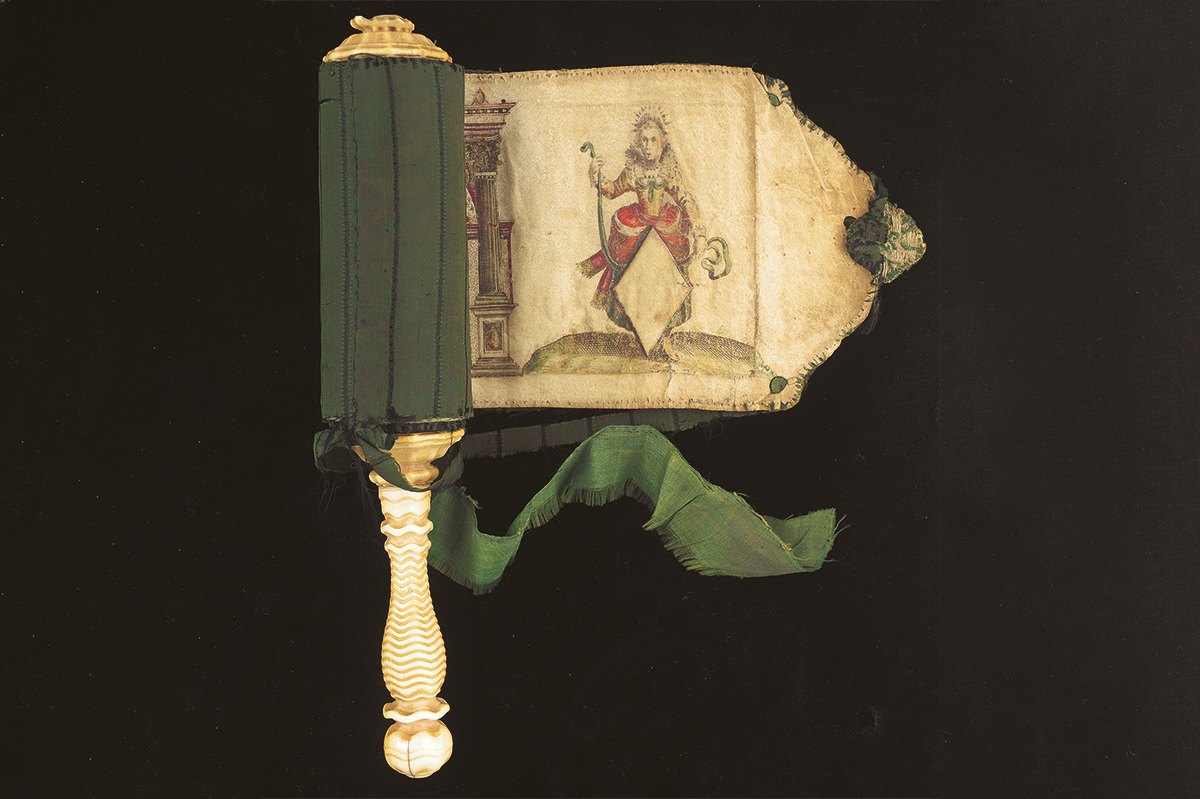In the late 1940s, the German art historian Hans Sedlmayr observed that ‘many things that are classified as “back-ward”… might be the starting-point of real inner progress’. At a moment when the art establishment has abandoned art for political attitudinizing, the path forward begins with a movement of recuperation. In an age when anything can be a work of art, the question of whether something is art has ceased to be compelling: what matters is whether something is a good work of art, and about this the art world has rendered itself hors de combat.
Should we be pleased with this state of affairs? Or, to put it another way, is the celebrity of people like Damien Hirst or Marina Abramović or the Chapman brothers a good thing for art? My answer is no: it is a very bad thing. By universalizing the spirit of opposition, the custodians of the art-world establishment have transformed the practice of art into a purely negative enterprise.
It is time that we recognized that art need not be adversarial or ‘transgressive’ in order to be good or important. In this context, it is worth noting that great damage has been done — above all to artists but also to public taste — by romanticizing the tribulations of the 19th-century avant-garde. Everyone is brought up on stories of how an obtuse public scorned Manet, censored Gauguin and drove poor Van Gogh to madness and suicide. But the fact that these great talents went unappreciated has had the undesirable effect of encouraging the thought that because one is unappreciated one is therefore a genius.
It has also made it extremely difficult to expose fraudulent work as such. For any frank dismissal of art — especially art that cloaks itself in the mantle of the avant-garde— is immediately met by the rejoinder: ‘Ah, but they made fun of Cézanne, too: they thought that Stravinsky was a charlatan.’
The question remains: where did we go wrong? What are we missing in the contemporary art world? Doubtless the list is a long one. But if one had to sum up volumes in a single word, a good candidate would be ‘beauty’: what the art world is lacking today is an allegiance to beauty.
I know that this is both vague and portentous. But we have a very curious situation. Traditionally, the goal or end of fine art was to make beautiful objects. Beauty itself came with a lot of Platonic and Christian metaphysical baggage, some of it indifferent or even positively hostile to art. But art without beauty was, if not exactly a contradiction in terms, at least a description of failed art. And I might remark as an a side here how often this pattern repeats itself in contemporary life.
At the beginning of his book on modern art, the great German art critic Julius Meier-Graefe defines painting as ‘the art of charming the eye by color and line’ and sculpture as the art of charming ‘the eye by means of form in space’. Now when was the last time you heard someone talk about art charming the eye? And yet until quite recently, that specifically aesthetic pleasure was seen as being central to art. Thomas Aquinas defined beauty as id quod visum placet: that which being seen pleases. Still laboring in the aftermath of the avant-garde, much art today has abandoned the ambition to please the viewer aesthetically. Instead, it seeks to shock, discommode, repulse, proselytize or startle. Beauty is out of place in any art that systematically discounts the aesthetic.
Of course, ‘beauty’ itself is by no means an unambiguous term. In degenerate form, it can mean the merely pretty, and in this sense beauty really is an enemy of authentic artistic expression. But how different is something like Rilke’s idea of beauty in the first Duino Elegy:
‘Denn das Schöne ist nichtsals des Schrecklichen Anfang, den wir nochgrade ertragen,und wir bewundern es so, weil es gelassenverschmäht,uns zu zerstören.’
(‘Beauty is only the beginning of a terror we can just barely endure, and what we admire is its calm disdaining to destroy us.’) Or think of Dostoevsky’s contention, ‘Beauty is the battlefield on which God and the devil war for man’s soul.’
The point is that, in its highest sense, beauty speaks with such great immediacy because it touches something deep within us. Understood in this way, beauty is something that absorbs our attention and delivers us, if but momentarily, from the poverty and incompleteness of everyday life. At its most intense, beauty invites us to forget our subjection to time and imparts an intoxicating sense of self-sufficiency. It has, as one philosopher put it, ‘the savor of the terrestrial paradise’.
Art that loses touch with the resources of beauty is bound to be sterile. But it is also true that striving self-consciously to embody beauty is a prescription for artistic failure. This may seem paradoxical. But, like many of the most important things in life, genuine beauty is achieved mainly by in direction. In this sense, beauty resembles happiness as it was described by Aristotle: it is not a possible goal of our actions, but rather the natural accompaniment of actions rightly performed.
Striving for happiness in life all but guarantees unhappiness; striving for beauty in art is likely to result in kitsch or artistic counterfeit.The trick for artists, then, is not to lose sight of beauty but to concentrate primarily on something seemingly more pedestrian — the making of good works of art. The best guides to this task are to be found not in the work of this season’s art-world darlings but in the great models furnished by the past. Although this lesson is rejected and ridiculed by the art world today, it is something that the tradition affirms again and again.
This article was originally published in The Spectator’s May 2021 World edition.



